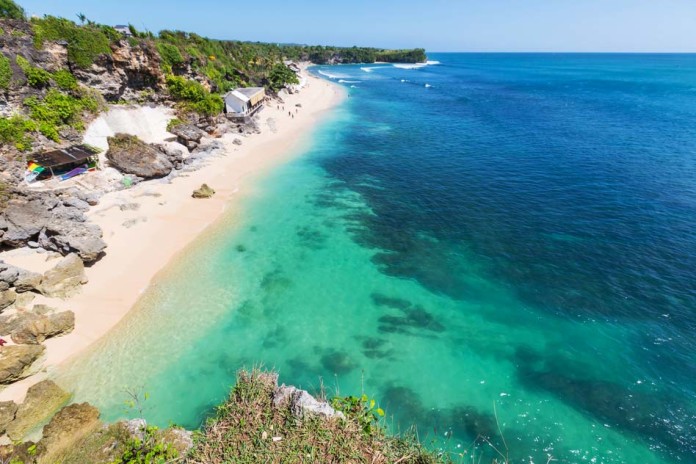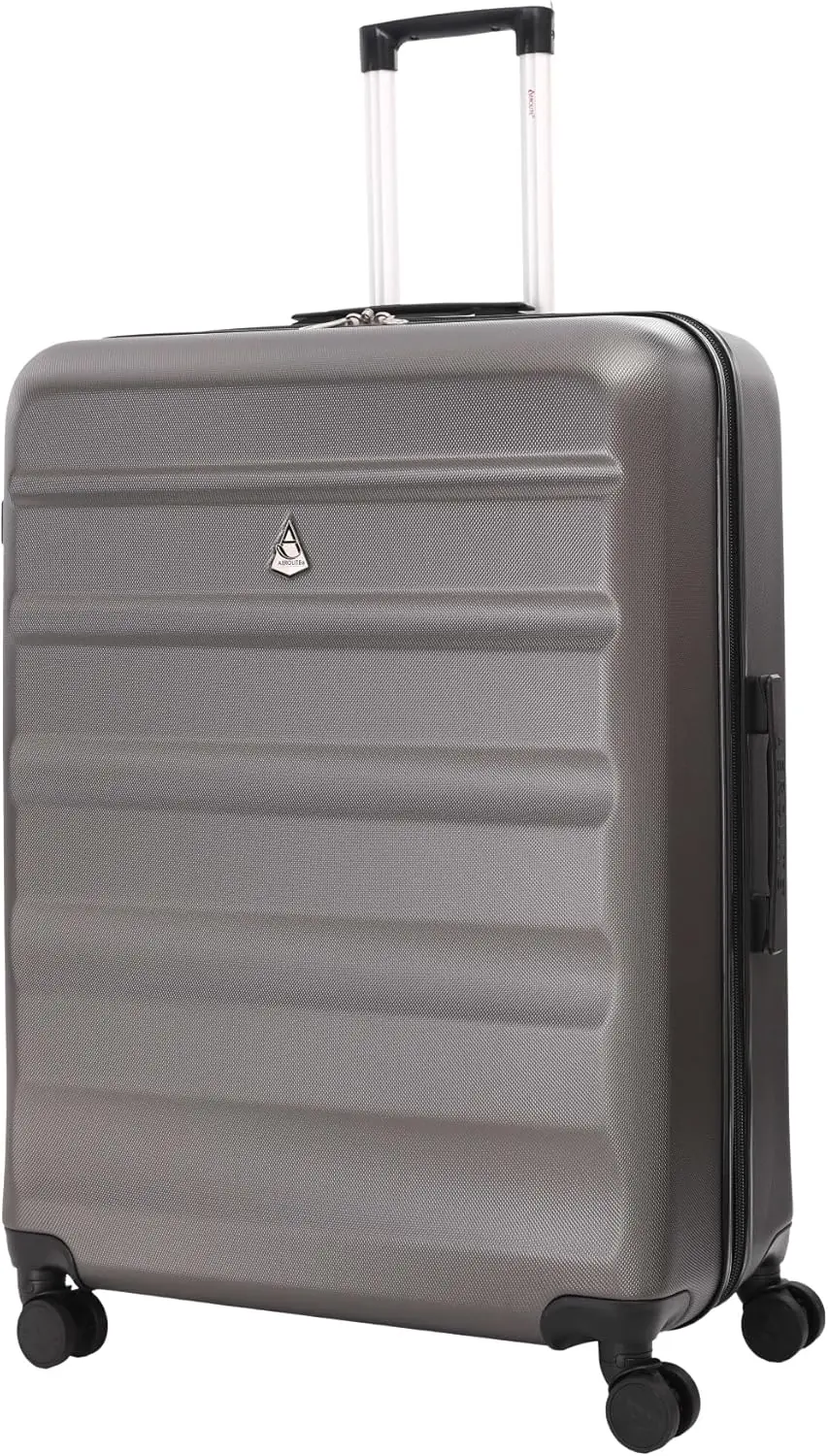While the word “paradise” might be overused in the travel industry, it’s hard to deny that it’s a word that’s highly appropriate when it comes to describing Bali. It truly is a paradise, with friendly people, a richly complex history and culture, and an incredible wealth of stunning landscapes and glorious beaches.
Where to Go in Bali
From family holidays in Bali to luxury resorts and comfortable private villas, the popularity of the island as a tourist destination ensures that there’s accommodation to suit all requirements.
There are family-friendly resorts and hotels all over the island, particularly in popular coastal towns such as Kuta and Nusa Dua. For those who prefer private accommodation, there are fabulous villas and boutique hotels in smaller towns as well as main centres, providing the privacy, space, and comfort essential for villa holidays in Bali.
The Nusa Dua region is also a good option for luxury holidays in Bali Indonesia thanks to its large, up-market tourist resort located at the southern tip of the Bukit Peninsula.
This area is known for its stunning white-sanded beaches and luxurious resorts, and with plenty of good restaurants and bars, health and beauty spas, and other resort amenities, it’s the perfect place to relax in style.
Seminyak and Ubud also feature some stunning luxury hotels. In particular, the lush green hills surrounding Ubud, and the town’s excellent restaurants, make this a particularly enjoyable place to stay.
South Bali is the most popular part of the island for tourists, with hotspots such as Kuta and Nusa Dua located here. In the south-east and eastern parts of the island, particularly on the coast, the atmosphere is quieter and more relaxed; these regions are popular destinations for divers and those who are looking for a laid-back Bali experience. Central Bali can be thought of as the island’s cultural centre as well as its geographical one, as some of the largest and oldest temples are located here, as well as several fascinating archaeological sites. The western region of Bali is the least visited, but it has plenty to offer, with diving and surfing sites, beautiful beaches, and a national park with some excellent trekking trails.
What to See and Do in Bali
- Visit Amed in East Bali, where half a dozen small fishing villages are dotted along the coastline. This is a slow and quiet part of the island, perfect for a relaxing day trip. As well as the dark-sanded beaches and villages there are several attractions, including a zoo at Selang and a museum at Bunutan.
- Along with Tulamben, Amed is becoming a hotspot for freediving and snorkelling. Jemelyk Bay in Amed, and the Liberty wreck in Tulamben are two popular dive sites, and a coral reef stretches along most of this section of coastline.
- A popular tourist centre is Kuta, a beach-side surfing hotspot with lots of family activities, and many restaurants, bars, and nightclubs; this is a frequent destination for package holidays in Bali. Nearby are Legian and Seminyak, beach-side towns with good surfing and a similar range of amenities, but much quieter than Kuta.
- Go on a guided trek in West Bali National Park, home to more than 160 species of bird, including the extremely rare Bali Starling.
- Some of the island’s most interesting archaeological sites are located near Ubud in central Bali. The Goa Gajah, or Elephant Cave, dates back to the 11th century and features some incredible carvings and statues. Also near Ubud is Tampaksiring, a burial complex that dates to the 11th century, and the temple complex Tirta Empul, built in the 10th century around a central hot spring.
- See incredible landscapes in Kintamani, where Lake Batur serves as the perfect backdrop for an imposing mountain volcano. It’s also possible to take a guided tour to the top of the mountain, which entails a climb of approximately two hours; the views are particularly impressive at sunrise and sunset.
Need to Know Info for Bali
While the official language of Bali is Indonesian, most of the people who live here are multilingual, speaking both Balinese as well as Indonesian, and sometimes English as well. In general, you’re more likely to hear people speaking English in the popular tourist areas, although it’s good to learn a few words of the local languages, as the effort is very much appreciated by the locals. The local currency is the Indonesian Rupiah.
Bali’s climate is pleasant all year round, with temperatures ranging from around 20 degrees in the rainy season, to the low 30s in the warmer months. However, note that the midday sun is fiercely hot even when the temperature is relatively cool; sunscreen and plenty of water to stave off sunburn and dehydration are all-important.
The December-to-March monsoon season brings with it high levels of humidity and plenty of rain, but the weather often remains sunny and warm. Between June and September rainfall is rare, and humidity is low. However, while this is generally true across most of Bali, there are some regional differences; for example, the Bukit Peninsula is often sunny and dry during the rainy season, and the central and mountain regions tend to have more rainfall than anywhere else, even during the dry months.
Most people travelling to Bali arrive at Ngurah Rai International Airport, located near the island’s capital of Denpasar. Travellers from the UK, USA, Canada, and many European and South American countries, can, as of September 2015, enter Indonesia without a visa, provided they are entering for tourism purposes only for a stay of up to 30 days. Visitors on visa-free visits must enter and exit the country via certain airports; Bali’s Ngurah Rai is on the approved list, as are the international airports in Jakarta, Surabaya, Batam, and Medan. Note that while visa requirements might be waived, a valid passport is still required.
There are many options for travelling around Bali. Bus services run between the major cities, and shuttle buses or taxes are available in most areas. Rental cars, motorcycles, and mopeds are easily available, but driving can be tricky in Bali, as the rules of the road are not well defined. For first-time visitors, in particular, a good alternative can be to rent a car and driver, an option that’s faster than public transport, and cheaper than taking taxis.















